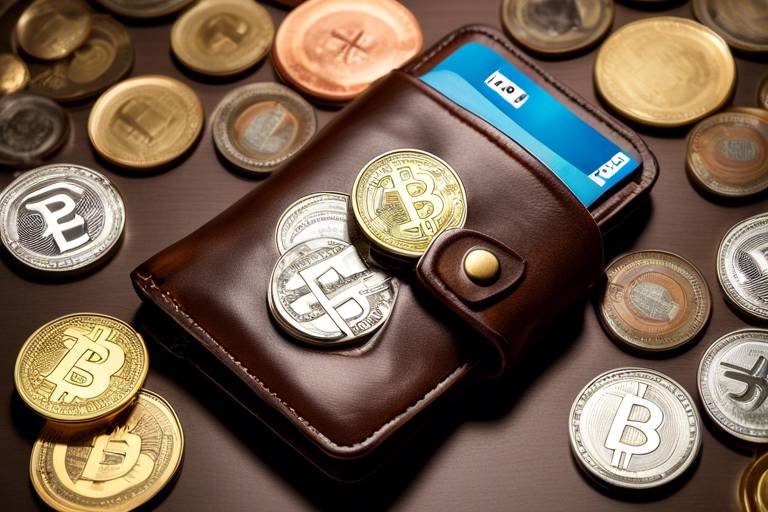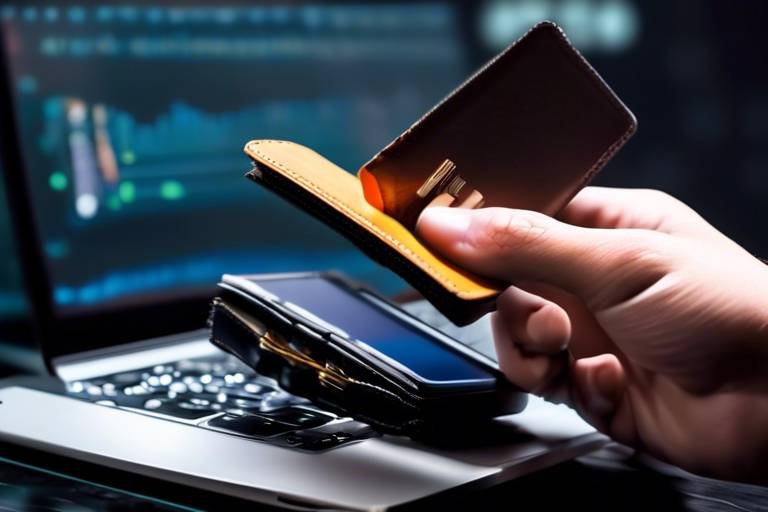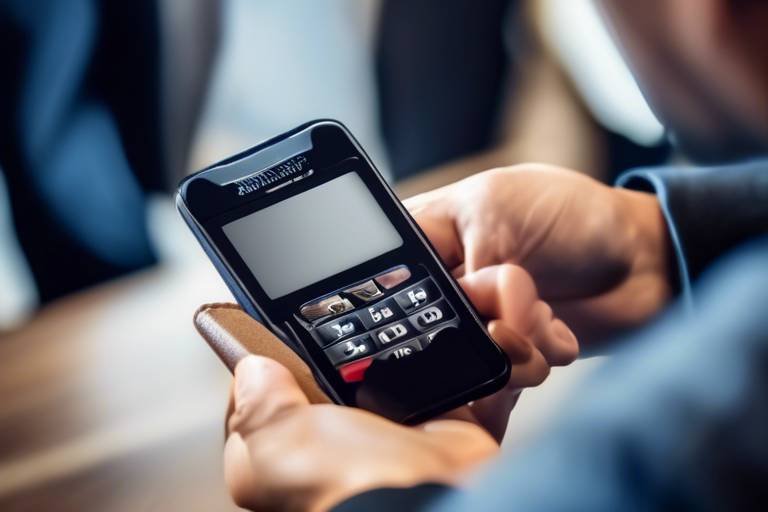The Role of Wallets in Supporting Digital Currencies
In the rapidly evolving world of finance, digital currencies have emerged as a revolutionary force. But what truly makes this transformation possible? The answer lies in the digital wallets that serve as the backbone of cryptocurrency transactions. Just as a traditional wallet holds your cash and cards, digital wallets are designed to store, send, and receive cryptocurrencies securely. They are more than just storage solutions; they are the gateway to engaging with the entire cryptocurrency ecosystem. Without wallets, the use of digital currencies would be as challenging as trying to ride a bike without wheels.
Digital wallets empower users by providing them with the tools they need to manage their digital assets efficiently. They allow for seamless transactions, enabling users to make purchases, transfer funds, and even invest in various cryptocurrencies. Imagine being able to send money to a friend across the globe in a matter of seconds, without the hefty fees associated with traditional banking. This is the magic that digital wallets bring to the table.
Moreover, wallets come in various types, each tailored to meet different needs and preferences. From software wallets that can be accessed via mobile apps or desktop applications to hardware wallets designed for enhanced security, users have a plethora of options at their disposal. Even paper wallets exist for those who prefer a more tangible approach to storing their digital assets. Understanding these different types of wallets is crucial for anyone looking to dive into the world of cryptocurrencies.
As we delve deeper into the functionalities of digital wallets, we begin to see their integral role in fostering the adoption of cryptocurrencies. A user-friendly wallet can significantly enhance the experience for newcomers, encouraging them to explore and utilize digital currencies without fear or hesitation. This is especially important in a market that can initially seem overwhelming. The more accessible and intuitive these wallets are, the more likely individuals will embrace digital currencies as a viable alternative to traditional money.
In conclusion, digital wallets are not just a tool for storing cryptocurrencies; they are a vital component of the digital currency ecosystem. Their ability to facilitate transactions, enhance security, and improve user experience plays a pivotal role in the mainstream adoption of cryptocurrencies. As we continue to explore the various types of wallets and their security features, it becomes clear that these digital tools are essential for anyone looking to navigate the exciting world of digital currencies.
- What is a digital wallet? A digital wallet is an online application that allows users to store, send, and receive cryptocurrencies securely.
- Are digital wallets safe? Yes, but safety depends on the type of wallet and the security measures you implement, such as encryption and two-factor authentication.
- What types of digital wallets are there? The main types include software wallets, hardware wallets, and paper wallets, each with its own advantages and disadvantages.
- Can I use a digital wallet for traditional currencies? Some digital wallets allow for the storage and transaction of traditional currencies, but they primarily focus on cryptocurrencies.
- How do I choose the right digital wallet? Consider factors like security features, ease of use, compatibility with different cryptocurrencies, and whether you prefer a hot (online) or cold (offline) wallet.

Types of Digital Wallets
This article explores the essential functions of digital wallets in the cryptocurrency ecosystem, detailing their types, security features, and their impact on the adoption of digital currencies.
Digital wallets have become a cornerstone of the cryptocurrency landscape, acting as the gateway for users to interact with various digital currencies. Understanding the different is crucial for anyone looking to dive into the world of cryptocurrencies. Each type has its unique features, advantages, and drawbacks, catering to different user needs and preferences.
Let's break down the main types of digital wallets:
- Software Wallets: These wallets are applications that can be installed on your computer or smartphone. They come in two forms: hot wallets and cold wallets. Hot wallets are connected to the internet, making them convenient for daily transactions, while cold wallets are offline, providing enhanced security for long-term storage. Examples of software wallets include Exodus, Electrum, and the popular mobile wallet, Trust Wallet.
- Hardware Wallets: If security is your top priority, hardware wallets are the way to go. These physical devices store your private keys offline, making them immune to online hacking attempts. They are perfect for users who want to hold their cryptocurrencies for an extended period. Some well-known hardware wallets include Ledger Nano S, Trezor, and KeepKey.
- Paper Wallets: For those who prefer a more hands-on approach, paper wallets offer a unique solution. A paper wallet is essentially a physical printout of your public and private keys. While they are incredibly secure from online threats, they come with their own risks, such as loss or damage. It's essential to generate paper wallets using secure methods and store them in a safe place.
In addition to these primary types, there are also web wallets, which are accessible through a web browser. While they offer convenience, they are often considered less secure than software and hardware wallets because they are more susceptible to phishing attacks. However, many users appreciate the ease of use and instant access that web wallets provide.
Ultimately, the choice of wallet depends on individual needs. Are you looking for convenience or security? Do you plan to make frequent transactions, or are you more interested in long-term storage? Understanding the various types of digital wallets can help you make an informed decision that aligns with your cryptocurrency goals.
Security is paramount in the world of digital currencies. This section delves into the essential security features that wallets must have to protect users against theft and fraud.
Encryption is a critical aspect of wallet security. This subsection discusses the different encryption methods used to safeguard digital assets and user information from unauthorized access.
Two-factor authentication (2FA) adds an extra layer of security. This part explains how 2FA works and why it is vital for enhancing the protection of digital wallets.
Backup and recovery options are crucial for wallet users. Here, we examine the importance of having reliable backup methods to prevent loss of access to digital assets.
Selecting the appropriate digital wallet can be daunting. This section provides guidance on factors to consider when deciding which wallet best fits individual needs and usage patterns.
Digital wallets play a significant role in the mainstream adoption of cryptocurrencies. This section analyzes how user-friendly wallets can encourage more people to engage with digital currencies.
User experience is a key factor in wallet adoption. This part discusses how intuitive designs and accessibility features can attract a broader audience to digital currency usage.
The integration of digital wallets with traditional financial services enhances their appeal. This subsection explores how such integrations facilitate easier transactions and boost overall user confidence in digital currencies.
Here are some common questions that users often have regarding digital wallets:
- What is the safest type of digital wallet? Hardware wallets are generally considered the safest option due to their offline storage capabilities.
- Can I use multiple wallets? Yes, many users choose to use multiple wallets for different purposes, such as daily transactions and long-term storage.
- How do I recover my lost wallet? Recovery options depend on the type of wallet. Most software and hardware wallets provide backup phrases or recovery keys that can help you regain access.
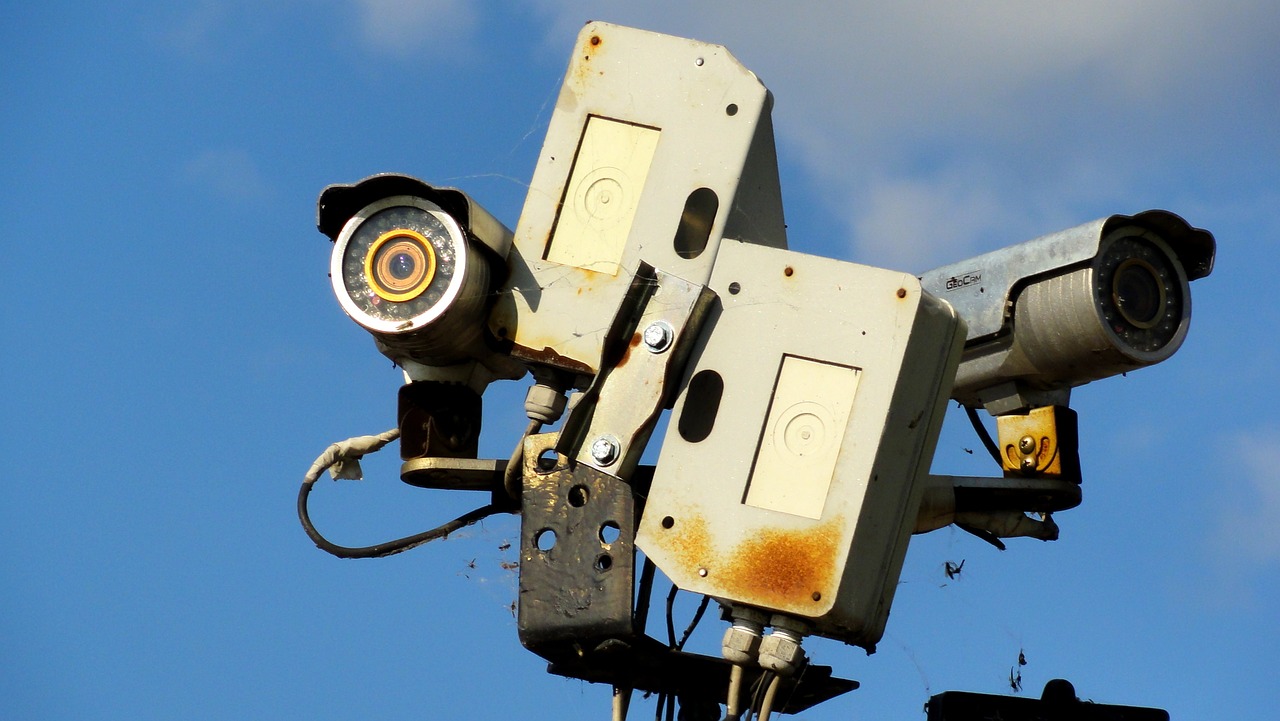
Security Features of Digital Wallets
In the fast-paced world of digital currencies, security is more than just a buzzword; it's a necessity. Digital wallets, which serve as the gateway to your cryptocurrency holdings, must be fortified with robust security features to protect against the ever-evolving threats of theft and fraud. Imagine your digital wallet as a high-tech vault; without the right locks and alarms, it’s just an easy target for cybercriminals.
One of the most critical security elements is encryption. This sophisticated technology transforms your data into a coded format, making it nearly impossible for unauthorized users to access your sensitive information. Different wallets employ various encryption techniques, such as AES (Advanced Encryption Standard) and RSA (Rivest-Shamir-Adleman), to ensure that your digital assets are shielded from prying eyes. Just as a safe keeps your valuables secure, encryption keeps your digital wallet's contents protected.
When it comes to encryption, not all methods are created equal. Some wallets utilize symmetrical encryption, where the same key is used for both encryption and decryption. Others may use asymmetrical encryption, which employs a pair of keys—one public and one private. This dual-key system adds an extra layer of security, ensuring that even if someone intercepts your public key, they cannot access your wallet without the private key. Think of it like having a key to your house and a separate key to your safe; losing one doesn’t compromise the other.
Another indispensable feature is two-factor authentication (2FA). This extra layer of security requires users to provide two forms of identification before accessing their wallets. Typically, this means entering a password and then confirming your identity through a secondary method, like a text message or an authentication app. It’s akin to having both a key and a fingerprint to unlock your front door. Even if a hacker manages to steal your password, they would still need the second form of identification to gain access, significantly reducing the risk of unauthorized entry.
Imagine losing your wallet with all your cash and cards. The same sense of panic can arise if you lose access to your digital wallet. Therefore, having reliable backup and recovery options is crucial. Most digital wallets offer features to back up your data securely, often through recovery phrases or seed phrases. These are strings of words that allow you to restore your wallet if you ever lose your device or forget your password. It’s like having a spare key hidden in a safe place; it ensures that you can always regain access to your valuables, no matter what happens.
In summary, the security features of digital wallets are not just optional extras; they are essential components that safeguard your digital assets. From advanced encryption techniques to two-factor authentication and reliable backup options, each feature plays a vital role in protecting your investments. As the digital currency landscape continues to evolve, so too must the security measures that protect it, ensuring users can navigate this exciting new world with confidence.
- What is a digital wallet? A digital wallet is a software application or hardware device that allows users to store and manage their cryptocurrencies and digital assets securely.
- How do I secure my digital wallet? To secure your digital wallet, use strong passwords, enable two-factor authentication, and regularly back up your wallet data.
- What should I do if I lose access to my wallet? If you lose access, use your recovery phrase or seed phrase to restore access to your wallet. Always keep these phrases in a safe place.

Encryption Techniques
When it comes to digital wallets, are the backbone of security. Think of encryption as a secret code that only you and your wallet can understand. This coding process transforms your sensitive information into an unreadable format, ensuring that even if someone intercepts your data, they won’t be able to make sense of it. There are several key methods used to encrypt data within digital wallets, and understanding these can significantly enhance your security awareness.
One of the most common encryption techniques is Advanced Encryption Standard (AES). This method is widely recognized for its robust security features. AES uses a symmetric key encryption algorithm, meaning the same key is used for both encryption and decryption. This ensures a high level of security, making it extremely difficult for unauthorized users to access your digital assets. Another important encryption method is Public Key Infrastructure (PKI). In this system, a pair of keys—one public and one private—work together to secure transactions. The public key can be shared with anyone, but the private key must be kept confidential. If you lose your private key, you lose access to your wallet, so safeguarding it is crucial.
Moreover, many digital wallets employ end-to-end encryption. This means that data is encrypted on your device and can only be decrypted on the recipient's device, preventing any third-party interference during the transaction process. This technique is especially important for maintaining the integrity and confidentiality of your transactions. The combination of these encryption techniques creates a fortress around your digital assets, making it significantly harder for malicious actors to breach your wallet.
To illustrate the effectiveness of these encryption methods, consider the following table that compares the different techniques based on their characteristics:
| Encryption Technique | Type | Key Feature |
|---|---|---|
| Advanced Encryption Standard (AES) | Symmetric | High-level security with a single key |
| Public Key Infrastructure (PKI) | Asymmetric | Two keys for enhanced security |
| End-to-End Encryption | Data Protection | Data is encrypted on the sender's device and decrypted on the receiver's |
As you can see, each encryption technique serves a unique purpose and offers different levels of security. By utilizing these methods, digital wallets can protect your data against unauthorized access and fraud. Remember, the stronger the encryption, the safer your digital assets will be. So, the next time you choose a wallet, consider the encryption techniques it employs and how they contribute to your overall security.
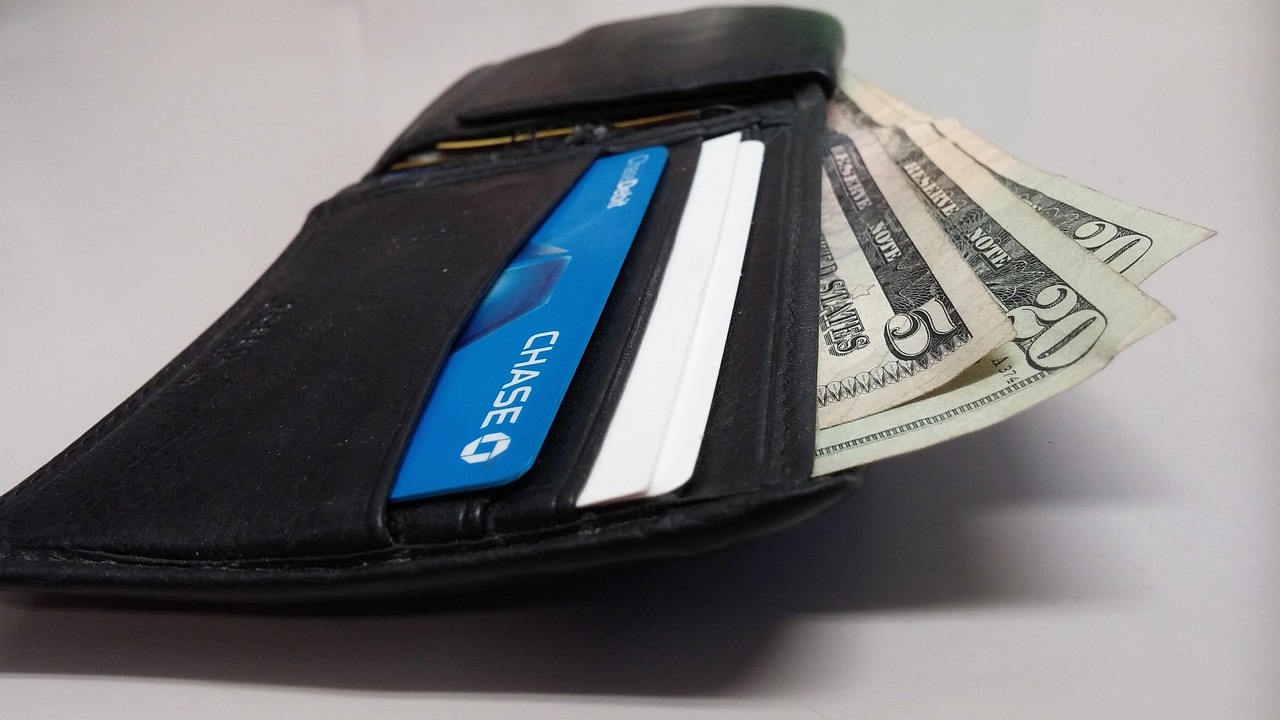
Two-Factor Authentication
In today's digital age, where everything from banking to shopping is done online, security has become a top priority, especially when it comes to managing digital currencies. One of the most effective ways to enhance the security of your digital wallet is through Two-Factor Authentication (2FA). But what exactly is 2FA, and how does it work? Let's break it down.
Two-Factor Authentication is a security measure that requires not only a password and username but also something that only the user has on them—this could be a physical device, such as a smartphone. Essentially, it adds an extra layer of protection by making it significantly harder for unauthorized users to gain access to your wallet. Imagine trying to unlock a treasure chest that requires both a key and a secret code; even if someone has the key (your password), they still can't get in without the code (the second factor).
There are various methods of implementing 2FA, and while some are more common than others, they all serve the same purpose: to protect your assets. Here are a few popular methods:
- SMS Verification: A one-time code is sent to your mobile phone, which you must enter after your password.
- Authenticator Apps: Apps like Google Authenticator or Authy generate time-sensitive codes that you need to enter along with your password.
- Hardware Tokens: A physical device that generates a code, providing an additional layer of security.
Implementing 2FA is generally straightforward. Most reputable digital wallet providers offer this feature as part of their security settings. Once enabled, every time you log in or attempt a transaction, you'll be prompted to enter the second factor, ensuring that even if someone manages to steal your password, they still can’t access your wallet. This is akin to having a second lock on your door—just because someone has a key doesn’t mean they can waltz right in.
However, it's important to note that while 2FA significantly boosts your wallet's security, it is not foolproof. Users should remain vigilant and consider additional security measures, such as regular password updates and being cautious about phishing attempts. The world of digital currencies is evolving rapidly, and so are the tactics used by cybercriminals. Therefore, staying informed and proactive is key.
In conclusion, is an essential tool for anyone serious about protecting their digital assets. By adding this extra layer of security, you not only safeguard your wallet but also gain peace of mind knowing that your cryptocurrencies are much less vulnerable to theft. Just remember: in the realm of digital currencies, it's better to be safe than sorry!
Here are some common questions regarding Two-Factor Authentication and digital wallets:
- What happens if I lose my phone with 2FA? Most wallet providers offer backup codes that you can use if you lose access to your 2FA method.
- Is 2FA mandatory for all wallets? While it's not mandatory, it is highly recommended for anyone who wants to keep their digital assets secure.
- Can I disable 2FA? Yes, but doing so can expose your wallet to greater risk. It's best to keep it enabled whenever possible.
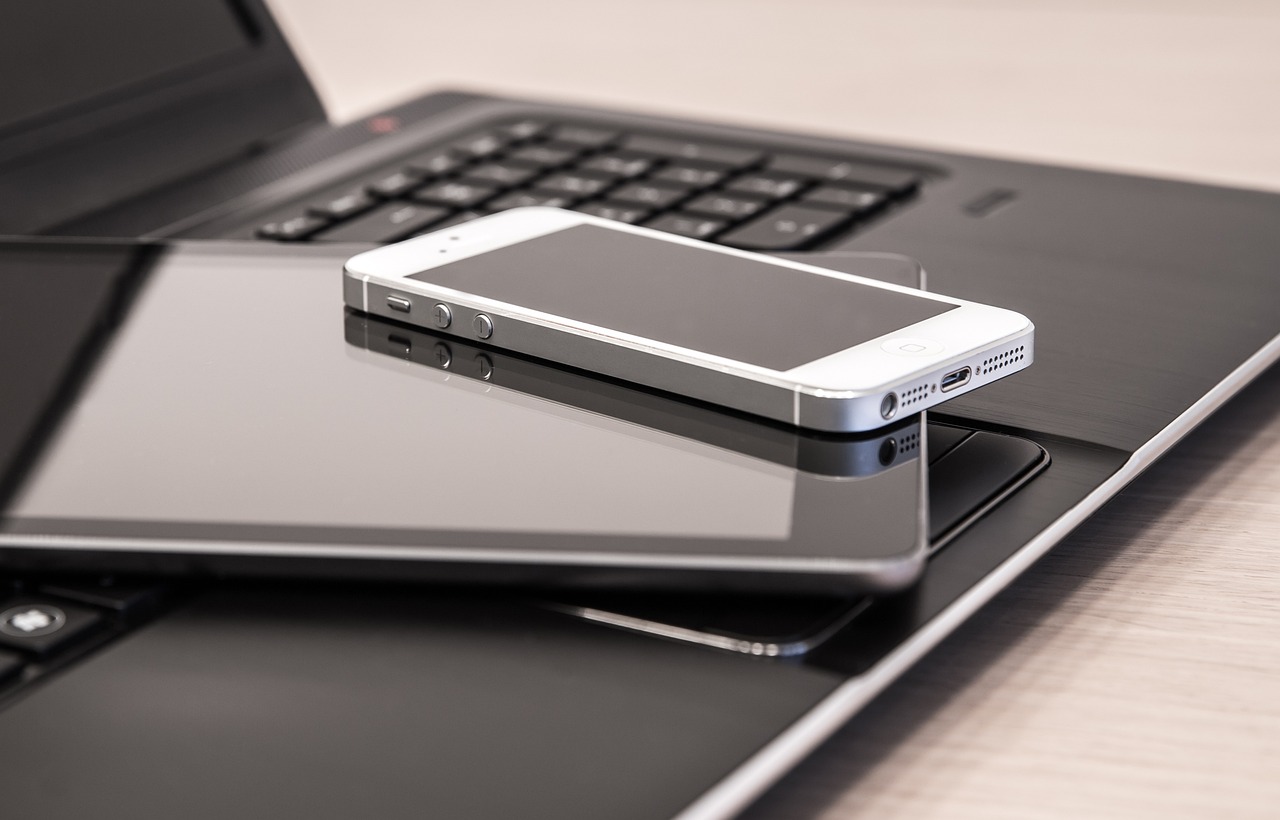
Backup and Recovery Options
When it comes to digital wallets, are not just nice-to-haves; they are essential lifelines for anyone dealing with cryptocurrencies. Imagine waking up one day and realizing you can’t access your digital assets because of a lost device or a forgotten password. It’s a nightmare scenario, but it’s one that can be avoided with the right precautions. A reliable backup strategy ensures that your hard-earned digital currencies are not lost to the void of cyberspace.
First and foremost, users should familiarize themselves with the various backup methods available. Most wallets offer a way to create a seed phrase, which is essentially a series of words that can restore your wallet if you ever lose access. Think of it as the key to your digital treasure chest. Writing this seed phrase down and storing it in a secure location is crucial. But here’s the kicker: make sure it’s somewhere safe, away from prying eyes and potential thieves!
Additionally, many wallets provide options for cloud backups. This feature allows users to save their wallet information in a secure online storage service. However, while cloud backups are convenient, they come with their own set of risks, such as potential hacks or data breaches. Therefore, it’s vital to choose a reputable cloud service and enable strong security measures, like encryption, to protect your data.
Another important aspect of backup and recovery is the ability to export your private keys. Your private keys are what grant you access to your cryptocurrencies, and being able to export them means you can import them into another wallet if needed. This can be a lifesaver if your original wallet becomes compromised or unusable. Just remember, with great power comes great responsibility—never share your private keys with anyone!
To further illustrate how these backup options work, let’s take a look at a simple comparison table:
| Backup Method | Pros | Cons |
|---|---|---|
| Seed Phrase | Easy to use; can restore wallet anywhere | Must be kept secure; if lost, access is gone |
| Cloud Backup | Convenient; accessible from multiple devices | Risk of hacking; dependent on third-party security |
| Exporting Private Keys | Allows for wallet migration; full control | High risk if keys are exposed |
In conclusion, taking the time to set up robust backup and recovery options is a crucial step in safeguarding your digital assets. By understanding the different methods available and implementing them effectively, you can significantly reduce the risk of losing access to your cryptocurrencies. Remember, in the world of digital currencies, being prepared is half the battle!
- What should I do if I lose my seed phrase?
If you lose your seed phrase, unfortunately, you will not be able to recover your wallet. It's crucial to keep it safe and backed up in multiple locations. - Can I change my backup method later?
Yes, most wallets allow you to change your backup method at any time. Just ensure that you follow the necessary steps to secure your new method. - Are cloud backups safe?
While cloud backups can be convenient, they do come with risks. Always choose reputable services and enable additional security measures.

Choosing the Right Wallet
Choosing the right digital wallet can feel a bit like navigating a maze, especially with the multitude of options available today. It’s essential to take a step back and consider your specific needs before diving into the world of wallets. Are you a casual user looking to dip your toes into cryptocurrency, or are you a seasoned trader managing a diverse portfolio? Understanding your usage patterns will help narrow down your choices.
First and foremost, think about how you plan to use your digital wallet. If you’re simply looking to hold a small amount of cryptocurrency for occasional transactions, a software wallet might be the way to go. These wallets are easy to set up and offer a user-friendly interface, making them perfect for beginners. However, if you’re serious about your investments and plan to hold a larger amount of cryptocurrency, you might want to consider a hardware wallet. These are physical devices that store your digital assets offline, providing an extra layer of security against hacks and online threats.
Another crucial factor to consider is the security features of the wallet. You wouldn’t leave your house unlocked, right? The same principle applies to your digital assets. Look for wallets that offer robust security measures, such as encryption, two-factor authentication, and reliable backup options. For instance, a wallet that allows you to create a backup of your private keys or seed phrase is invaluable. This way, even if you lose access to your wallet, you can still recover your funds.
Additionally, think about the supported cryptocurrencies. Not all wallets support every type of digital currency. If you have your eyes set on specific altcoins, ensure that the wallet you choose is compatible with those currencies. Some wallets are multi-currency, allowing you to manage various types of digital assets in one place, which can be a convenient feature for users who want to diversify their holdings.
Lastly, user experience cannot be overlooked. A wallet that is difficult to navigate can lead to mistakes, which can be costly. Look for wallets with intuitive designs and customer support options. Reading user reviews can also provide insight into the experiences of others, helping you make an informed decision. Remember, the goal is to find a wallet that feels comfortable and secure for you.
In summary, choosing the right digital wallet boils down to understanding your needs, evaluating the security features, checking for cryptocurrency support, and ensuring a smooth user experience. The right wallet will not only protect your assets but also enhance your overall cryptocurrency experience.
- What is a digital wallet? A digital wallet is a software application that allows users to store, send, and receive cryptocurrencies securely.
- Are hardware wallets worth it? Yes, hardware wallets are considered one of the safest options for storing digital assets, as they keep your private keys offline.
- Can I use multiple wallets? Absolutely! Many users choose to use multiple wallets for different purposes, such as spending and long-term storage.
- How do I back up my wallet? Most wallets provide an option to back up your private keys or seed phrase. Make sure to store this information in a secure location.
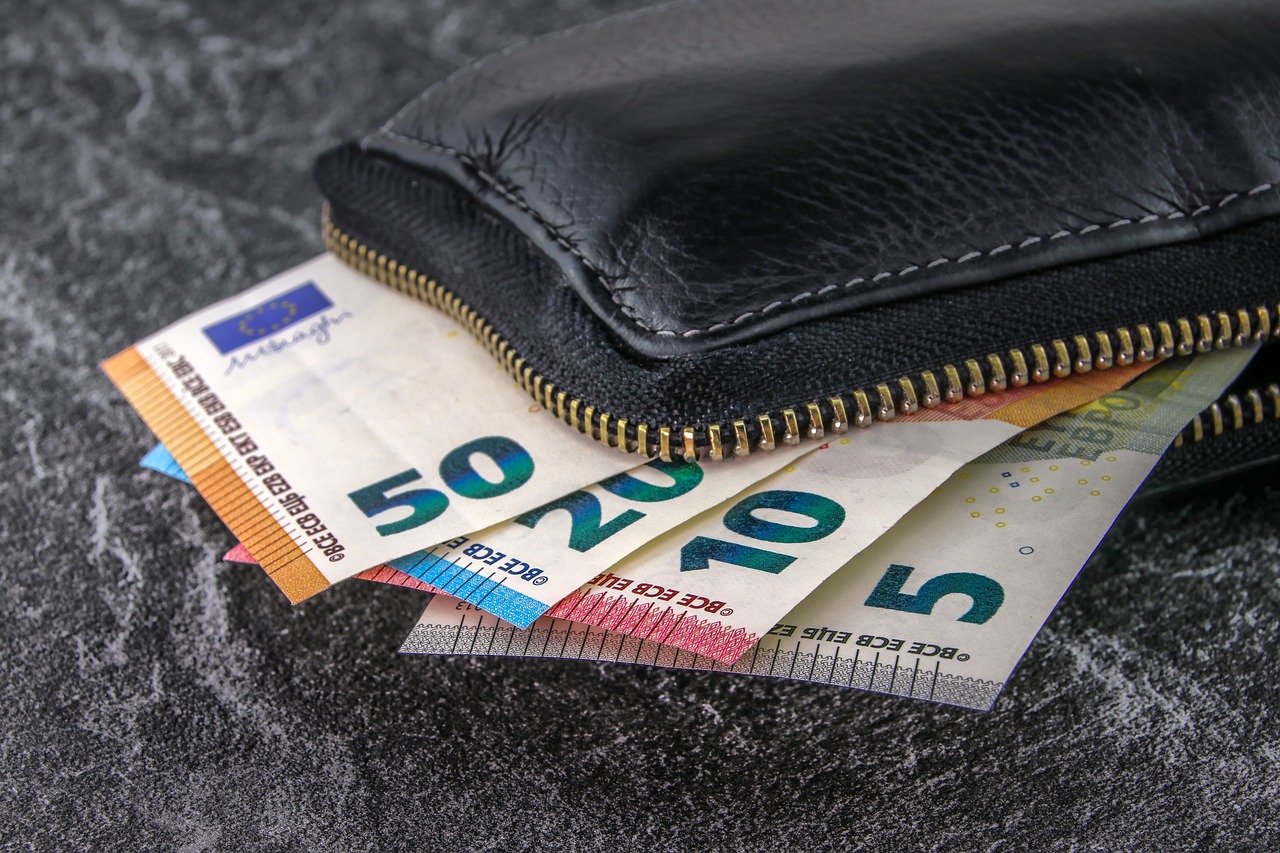
The Impact of Wallets on Cryptocurrency Adoption
Digital wallets are not just mere storage solutions for cryptocurrencies; they are the gateways that can open up the world of digital currencies to the masses. Imagine trying to enter a club without a ticket—this is how many people feel when they are confronted with the complexities of cryptocurrency. Digital wallets simplify this process, making it easier for users to engage with cryptocurrencies and, ultimately, driving their adoption.
One of the most significant ways wallets impact cryptocurrency adoption is through user experience. A wallet that is intuitive and easy to navigate can dramatically lower the barrier to entry for newcomers. If you think about it, how many times have you abandoned a website or app because it was too complicated? The same principle applies to digital wallets. When users find a wallet that feels familiar and straightforward, they are much more likely to use it regularly. This ease of use can encourage individuals who may have been hesitant to explore cryptocurrencies to take the plunge.
Furthermore, the accessibility features of digital wallets are crucial. For instance, many wallets now support multiple languages and offer customer support options that cater to various user needs. This inclusivity not only fosters a sense of community but also helps in building trust among users. When people feel that they can easily access help and resources, they are more inclined to invest time and money into digital currencies.
Another vital aspect of wallets is their integration with traditional financial services. As digital wallets evolve, many are beginning to integrate with banks, credit cards, and payment services. This integration allows users to seamlessly convert their fiat currency into cryptocurrency and vice versa. It’s akin to having a universal remote for your TV—everything you need is at your fingertips. With such integrations, users can easily make transactions without the hassle of navigating multiple platforms, further boosting their confidence in using digital currencies.
Moreover, the presence of user-friendly wallets can significantly enhance the perception of cryptocurrencies as a legitimate form of payment. When people see their friends and family using digital wallets to make everyday purchases, it normalizes the concept of cryptocurrency. This shift in perception is essential for mainstream adoption, as it helps to erase the stigma that cryptocurrencies are only for tech-savvy individuals or those involved in illicit activities.
In summary, digital wallets serve as a crucial bridge between traditional finance and the world of cryptocurrencies. By focusing on user experience, accessibility, and integration with established financial systems, wallets can significantly impact the adoption of digital currencies. As we continue to witness the evolution of these wallets, one can only imagine how they will shape the future of financial transactions.
- What is a digital wallet? - A digital wallet is a software application that allows users to store and manage their cryptocurrencies securely.
- Are digital wallets safe? - Yes, digital wallets have various security features, including encryption and two-factor authentication, to protect users' assets.
- Can I use a digital wallet for everyday purchases? - Absolutely! Many digital wallets are now integrated with traditional payment systems, allowing for seamless transactions.
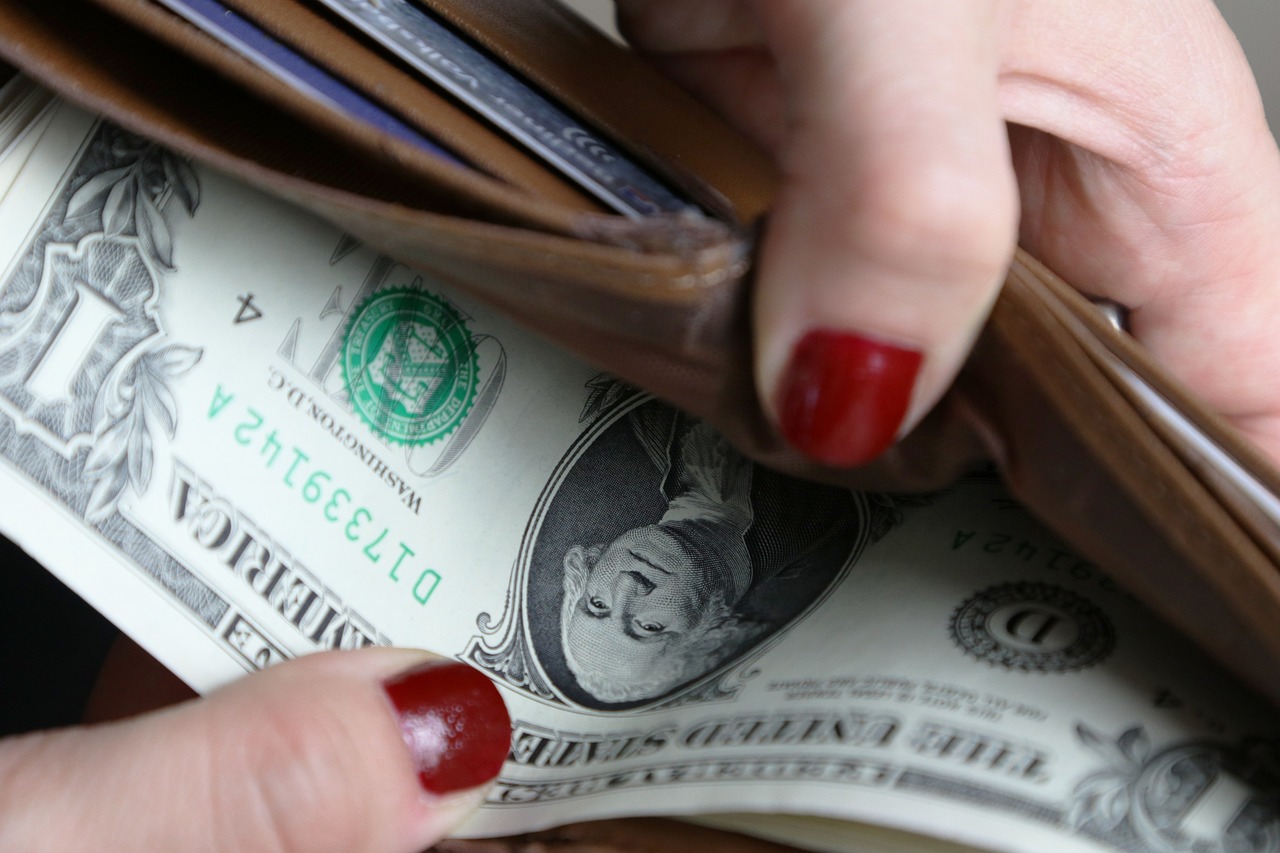
User Experience and Accessibility
User experience (UX) and accessibility are two critical components that can make or break the adoption of digital wallets in the cryptocurrency landscape. Imagine walking into a store where the layout is so confusing that you can’t find what you need, even if you’re familiar with the products. That’s how users feel when they encounter a poorly designed digital wallet. A wallet that is intuitive and user-friendly encourages users to engage with digital currencies more confidently.
To enhance user experience, digital wallets must prioritize simplicity and functionality. This means providing a clean interface that allows users to navigate effortlessly. For instance, a wallet that categorizes features such as sending, receiving, and managing assets intuitively can significantly reduce the learning curve for new users. Think of it as a GPS for your digital assets; the clearer the directions, the easier the journey.
Accessibility is equally important, especially in a world where diversity in user backgrounds and technical expertise is vast. Wallets should be designed to cater to everyone, including those with disabilities. This can be achieved through:
- Screen Reader Compatibility: Ensuring that the wallet’s interface is compatible with screen readers helps visually impaired users navigate effectively.
- Clear Font and Color Choices: Using legible fonts and high-contrast colors can make a significant difference for those with visual impairments.
- Multilingual Support: Offering the wallet in multiple languages can attract a broader audience, making it accessible to non-English speakers.
Furthermore, the onboarding process should be seamless. Users should be able to create accounts and start using their wallets within minutes. A lengthy, complicated registration process can deter potential users. Instead, a streamlined process with clear instructions can make users feel welcomed and valued.
In addition to these features, incorporating educational resources directly within the wallet can empower users. Tutorials, FAQs, and tips on security can provide users with the knowledge they need to navigate the world of cryptocurrencies confidently. Imagine having a friendly guide by your side as you explore a new city; that’s the kind of support users need when venturing into digital currencies.
Ultimately, the goal of enhancing user experience and accessibility is to foster a sense of trust and reliability. When users feel comfortable and empowered to manage their digital assets, they are more likely to engage with cryptocurrencies regularly. This engagement can lead to increased adoption rates, benefiting the entire cryptocurrency ecosystem.

Integration with Financial Services
In the rapidly evolving world of digital currencies, the integration of digital wallets with traditional financial services is a game changer. Imagine a world where your bank account, credit card, and cryptocurrency wallet all coexist seamlessly. This integration not only simplifies transactions but also builds user confidence in the reliability and functionality of digital currencies. In essence, it bridges the gap between conventional finance and the burgeoning realm of cryptocurrencies.
When digital wallets integrate with financial services, users can enjoy a plethora of benefits that enhance their overall experience. For instance, consider the convenience of being able to transfer funds between your bank account and your digital wallet with just a few clicks. This ease of access is crucial for encouraging more people to adopt digital currencies. Furthermore, users can easily convert their fiat currencies into cryptocurrencies and vice versa, making it incredibly convenient for those who are just dipping their toes into the crypto waters.
Moreover, many digital wallets now offer features that allow users to pay bills directly from their wallets, purchase goods online, or even make in-store purchases using QR codes. This level of accessibility is vital for mainstream adoption. As more businesses begin to accept cryptocurrencies, the integration of wallets with financial services becomes even more essential. It creates a virtuous cycle where the more people use digital currencies, the more businesses will want to accept them, thus driving further adoption.
Additionally, the integration of digital wallets with financial services often comes with enhanced security features. For example, many wallets now utilize biometric authentication methods, such as fingerprint or facial recognition, which provide a higher level of security compared to traditional methods. This is particularly important in a world where cyber threats are rampant, and users are increasingly concerned about the safety of their funds.
To illustrate this integration further, here’s a simple comparison table showcasing the benefits of using integrated digital wallets versus traditional payment methods:
| Feature | Integrated Digital Wallets | Traditional Payment Methods |
|---|---|---|
| Transaction Speed | Instant transfers | Can take days |
| Security | Biometric & 2FA | Password only |
| Accessibility | 24/7 access | Bank hours only |
| Fees | Lower fees | Higher fees |
As we look to the future, the importance of digital wallet integration with financial services cannot be overstated. It’s not just about convenience; it’s about creating a robust ecosystem where digital currencies can thrive. The more integrated these wallets become with our financial systems, the more likely we are to see widespread adoption of cryptocurrencies. So, whether you’re a seasoned investor or a curious newcomer, the landscape of digital finance is evolving, and digital wallets are at the forefront of this revolution.
- What is a digital wallet? A digital wallet is a software application that allows users to store, send, and receive digital currencies and manage their transactions.
- How do digital wallets integrate with financial services? Digital wallets can connect with bank accounts and payment systems, allowing users to easily transfer funds, pay bills, and make purchases.
- Are digital wallets secure? Yes, many digital wallets use advanced security features like encryption, biometric authentication, and two-factor authentication to protect users' funds.
- Can I use a digital wallet for everyday purchases? Absolutely! Many merchants now accept cryptocurrencies, and digital wallets often allow you to pay for goods and services seamlessly.
Frequently Asked Questions
- What are the different types of digital wallets?
Digital wallets come in several forms, including software wallets (which can be mobile or desktop applications), hardware wallets (physical devices designed for secure storage), and paper wallets (which involve printing your keys on paper). Each type has its own advantages and is suited for different user needs.
- How secure are digital wallets?
The security of digital wallets largely depends on their features. Key security measures include encryption techniques that protect your data, two-factor authentication (2FA) for an extra layer of security, and reliable backup and recovery options to ensure you don't lose access to your assets.
- What is two-factor authentication and why is it important?
Two-factor authentication (2FA) is a security process that requires two forms of identification before granting access to your wallet. This could involve a password and a code sent to your mobile device. It's crucial because it significantly reduces the risk of unauthorized access, making it much harder for hackers to compromise your wallet.
- How can I choose the right digital wallet for me?
Choosing the right digital wallet involves considering several factors such as security features, ease of use, compatibility with different cryptocurrencies, and whether you prefer a software, hardware, or paper wallet. Assess your needs and usage patterns to find the best fit.
- What role do digital wallets play in cryptocurrency adoption?
Digital wallets are vital for the mainstream adoption of cryptocurrencies. User-friendly wallets with intuitive designs and accessibility features can attract a broader audience. Additionally, integrating wallets with traditional financial services can enhance user confidence and facilitate easier transactions.
- Can I recover my digital assets if I lose my wallet?
Yes, many digital wallets offer backup and recovery options. It's essential to follow the backup procedures during wallet setup, such as storing your recovery phrase securely. This way, you can restore your wallet and access your digital assets even if you lose your device.

